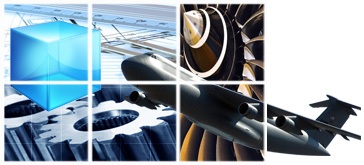3DTGIS provides an innovative 3D topology-based, non-manifold representation approach that enables the ability to integrate a solids modeling capability with COTS Geographic Information Systems (GIS) to improve battlefield decision making.
“Long experience indicates that, all else being equal, military practitioners and their civilian supervisors who purposely make geography work for them are winners more often than not, whereas those who lack sound appreciation for the significance of geography succeed only by accident.”
– John Collins, Military Geography: For Professionals and the Public

